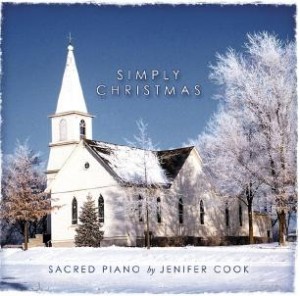Free Piano Arrangement: Thou Didst Leave Thy Throne
Saturday, December 10th, 2011I asked my readers to provide the name of an ‘awkward to play’ Christmas carol. I would then create an article concerning that carol. “Thou Didst Leave Thy Throne” was the most mentioned piece.
Last year, I did an article on this very song but it was for ‘piano solo’ style. Today’s free piano arrangement of “Thou Didst Leave Thy Throne” will be congregational style.
As I was arranging this carol, I had to force myself to stay within the chords “as written”. I could have added a lot of minor chords to “warm up” the piece but I stayed true to the voice parts 🙂
Due to frequent chord changes, the church pianist will have to play in a more ‘chorale’ (solid chord) style in order to support the ever-changing voice parts. There is still time to throw in ocasional dress-ups to create a more interesting sound as you will see in today’s free piano arrangement of “Thou Didst Leave Thy Throne”.
Click here to download “Thou Didst Leave Thy Throne” before viewing editor notes below.
Editor notes for “Thou Didst Leave Thy Throne”
General information:
I tried to create smooth harmonic (chord) changes throughout… in spite of the frequent chord changes in this beautiful Christmas carol.
Here and there you’ll see where I deviated from the melody line to create a smoother move for the hands.
Notice how the right hand at the beginning…started with three notes and gradually worked into an octave format. One of my former piano teachers always taught me to write in a more “user friendly” style for pianists in general…to avoid awkward moves/leaps. Hopefully, this arrangement will be comfortable and beneficial for other church pianists. I did keep the early advanced to advanced pianist in mind when creating this arrangement.
Measure #4:
Beat 2 and 3 of right hand is an echo fill-in during the held word “me”
Measure #5:
A sixteenth note improvised pattern on beat 2 is added… to dress-up the melody line and continues through measure 6.
Church pianist tip: Learn to analyze other people’s arrangements; applying ‘learned ideas’ to your own playing. Over time, you will develop your own style but you must learn to apply learned ideas as a springboard to developing your own style.


